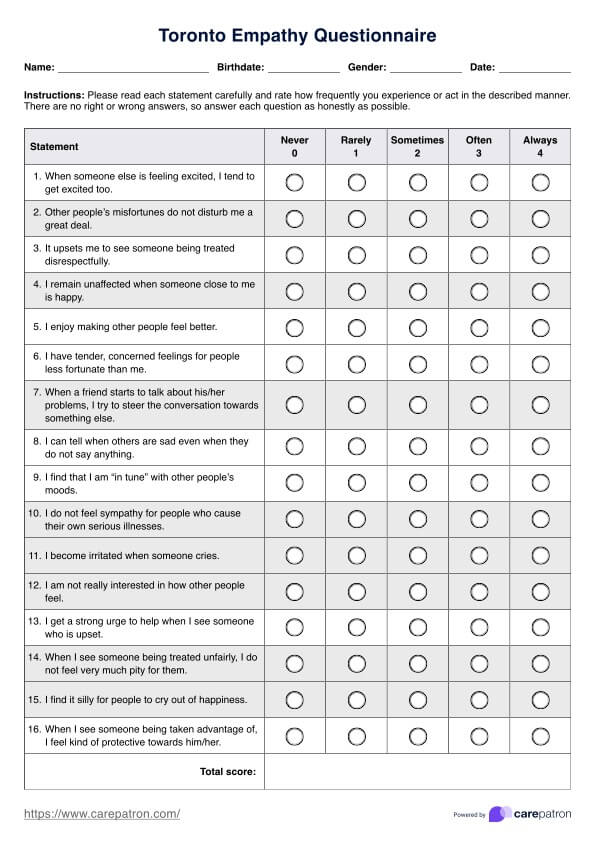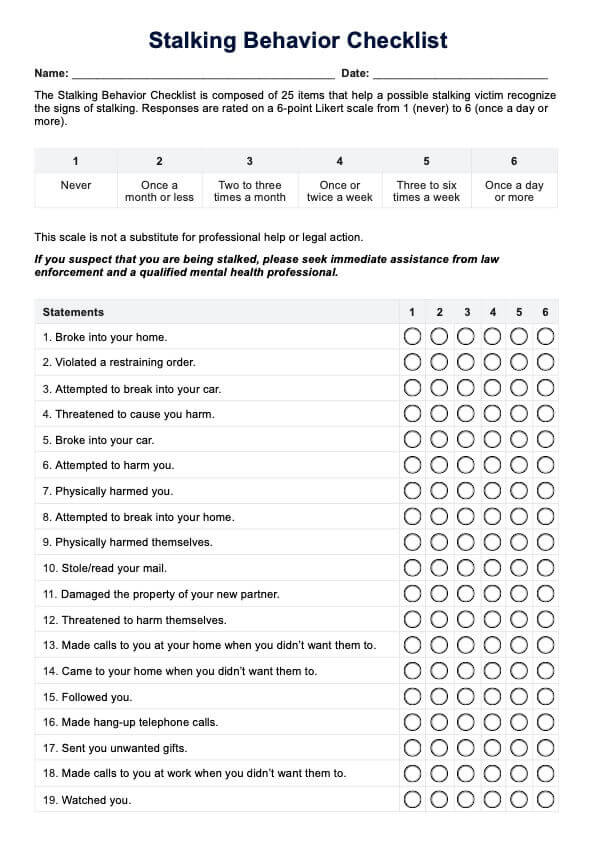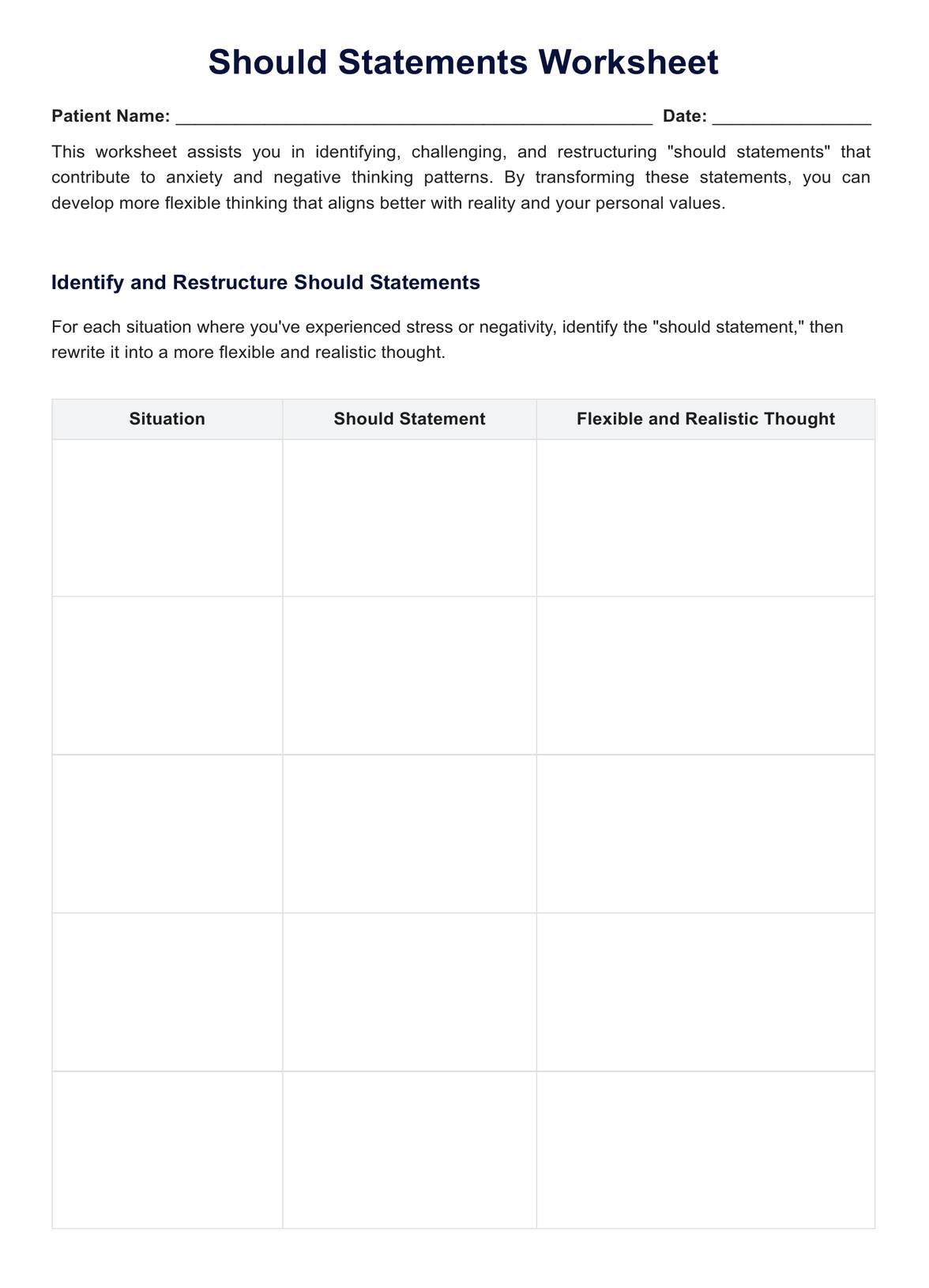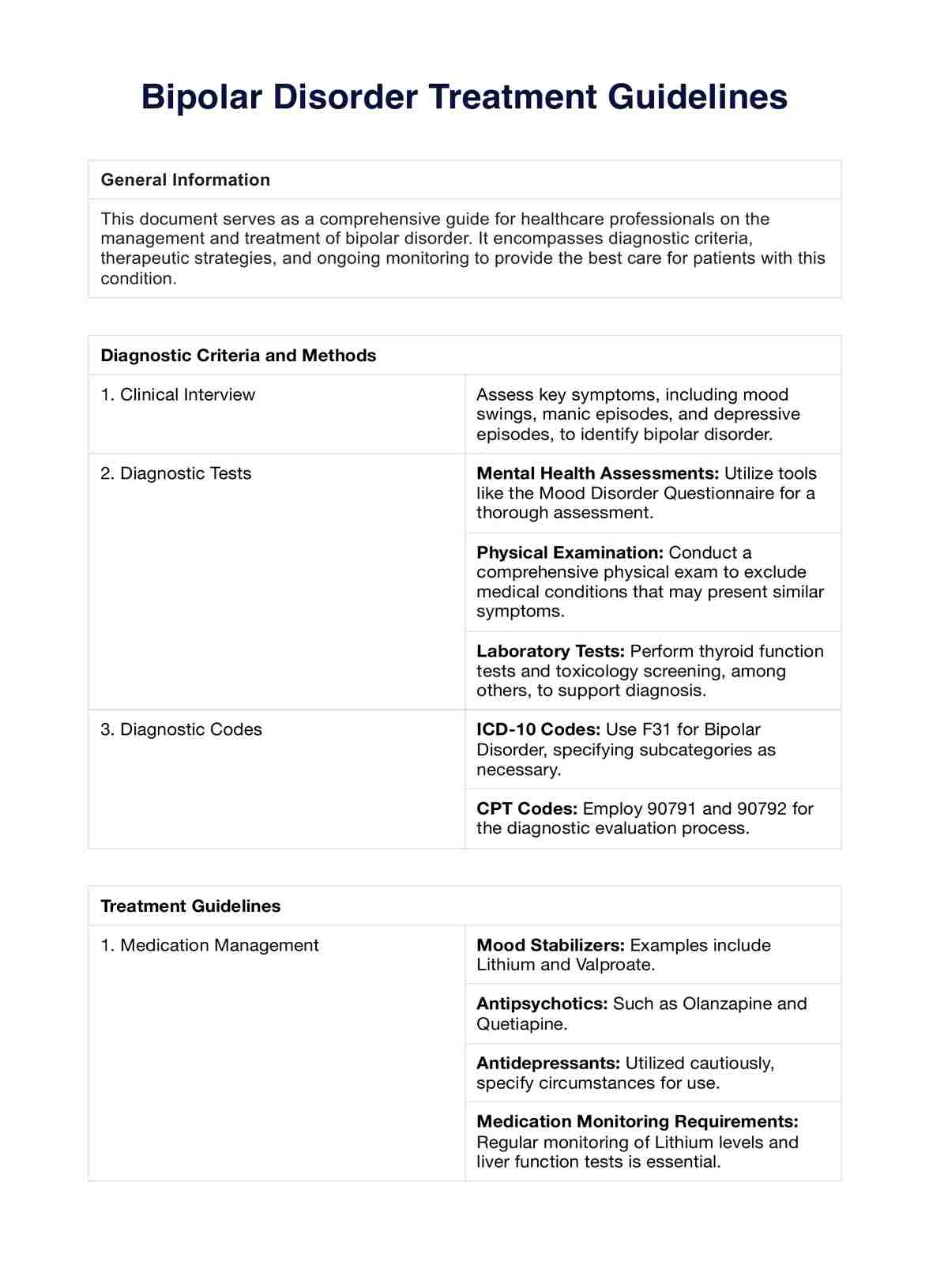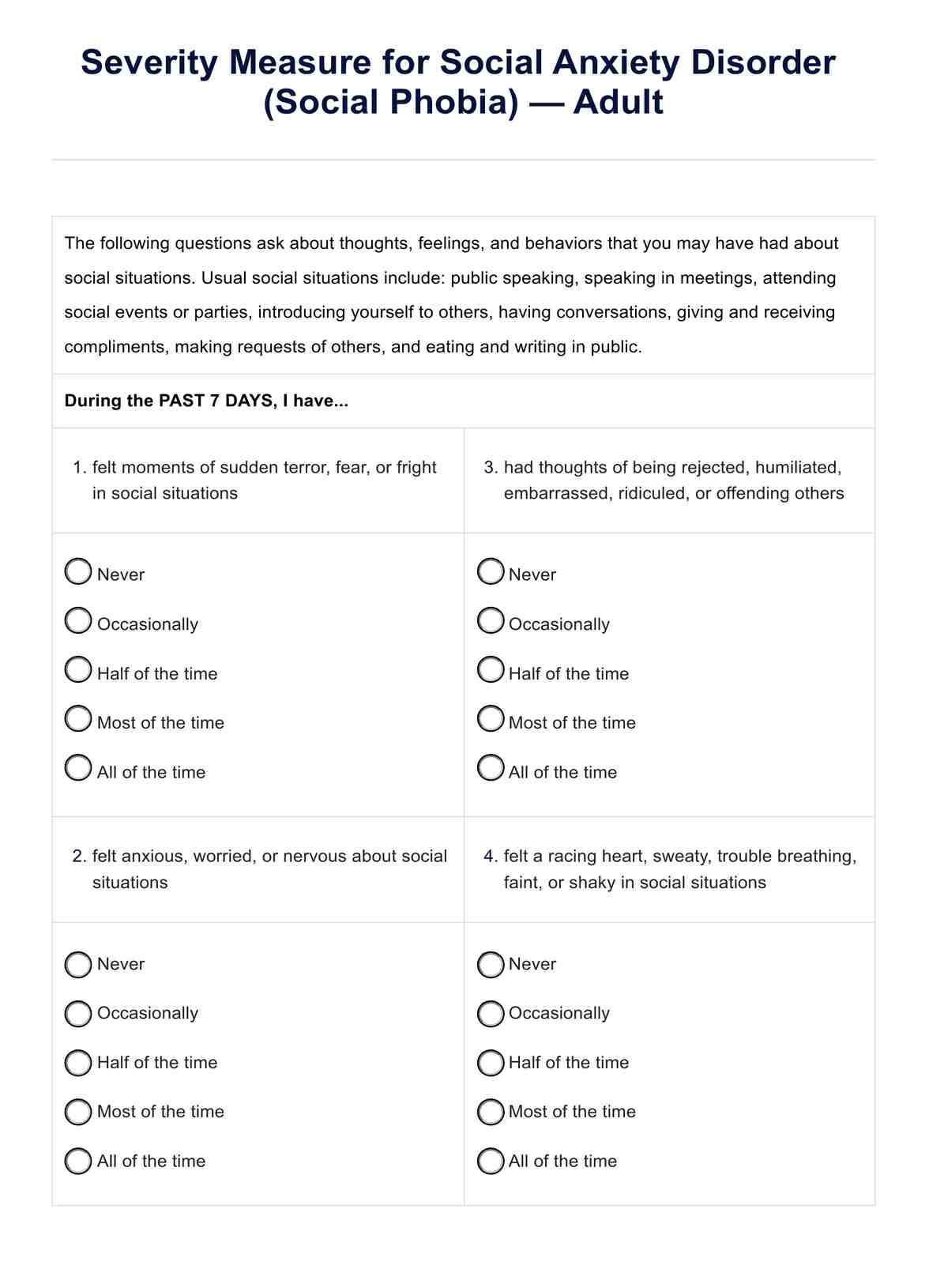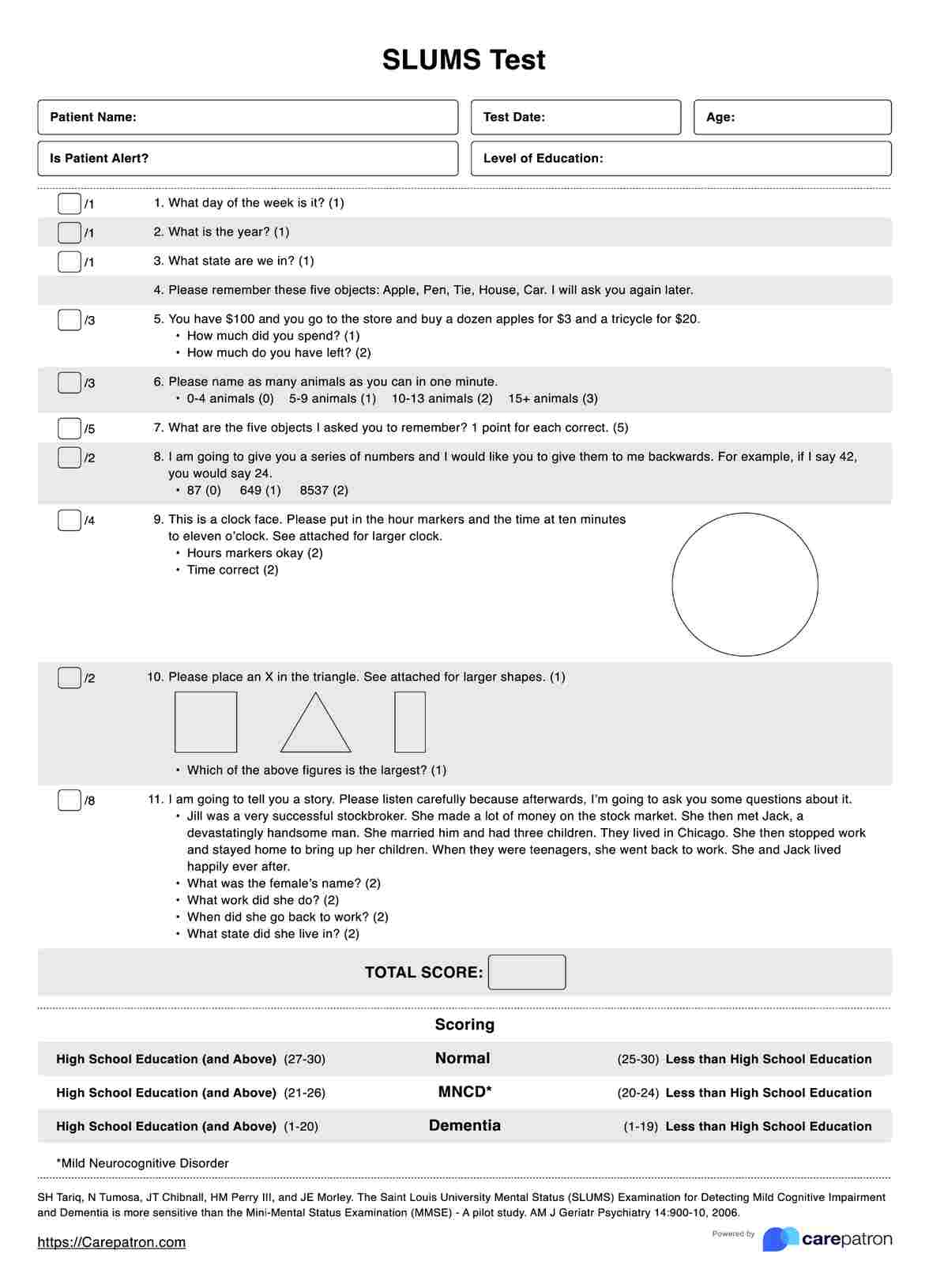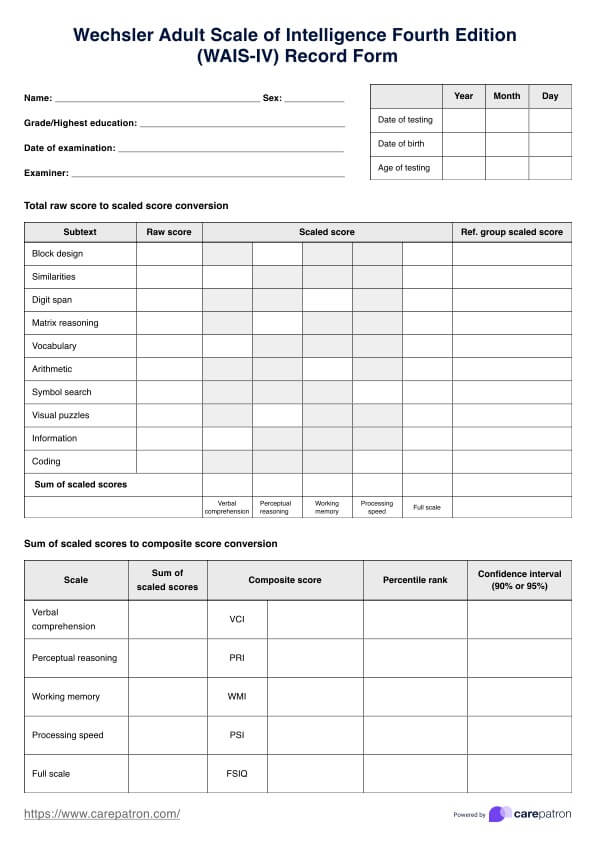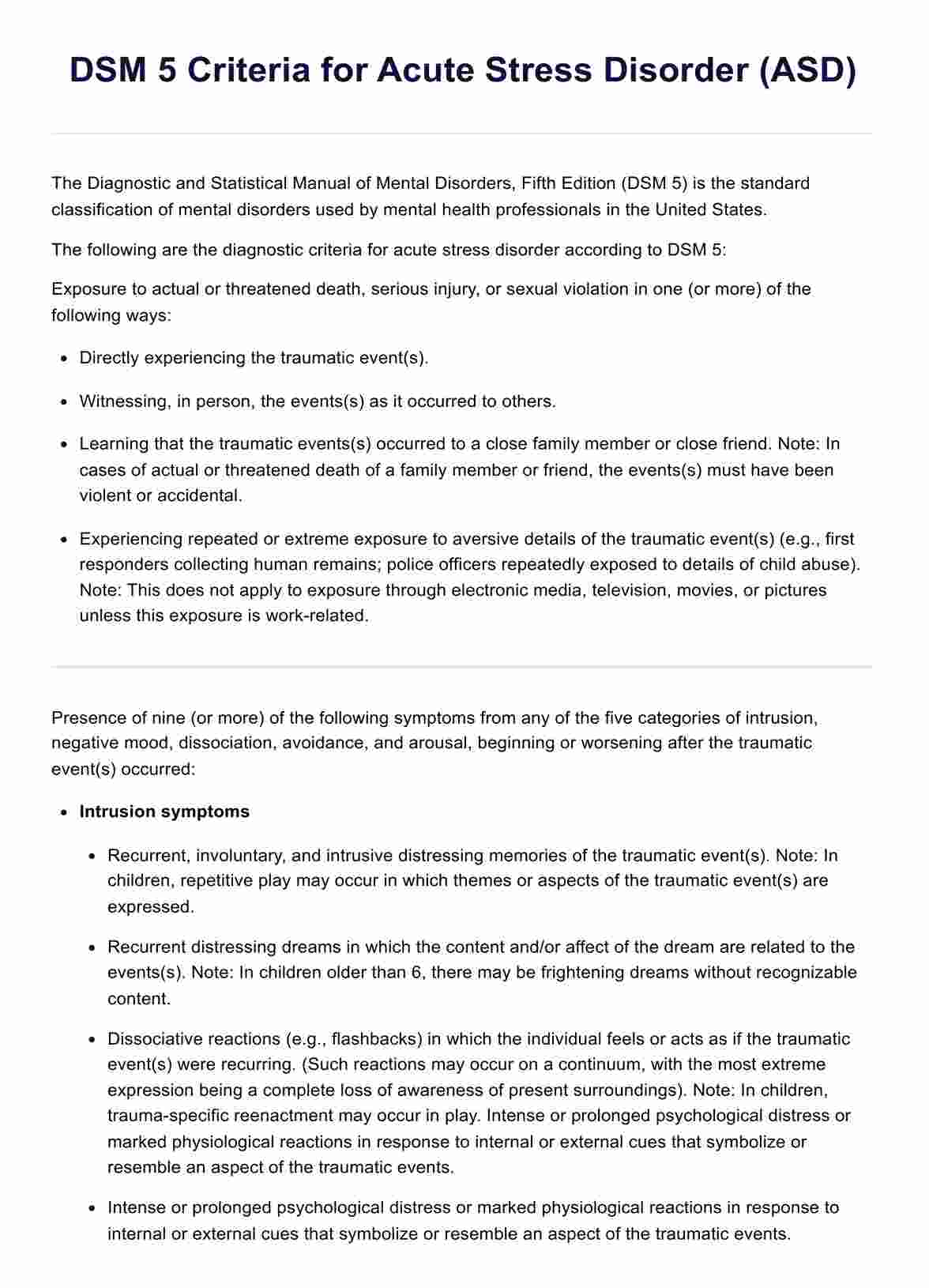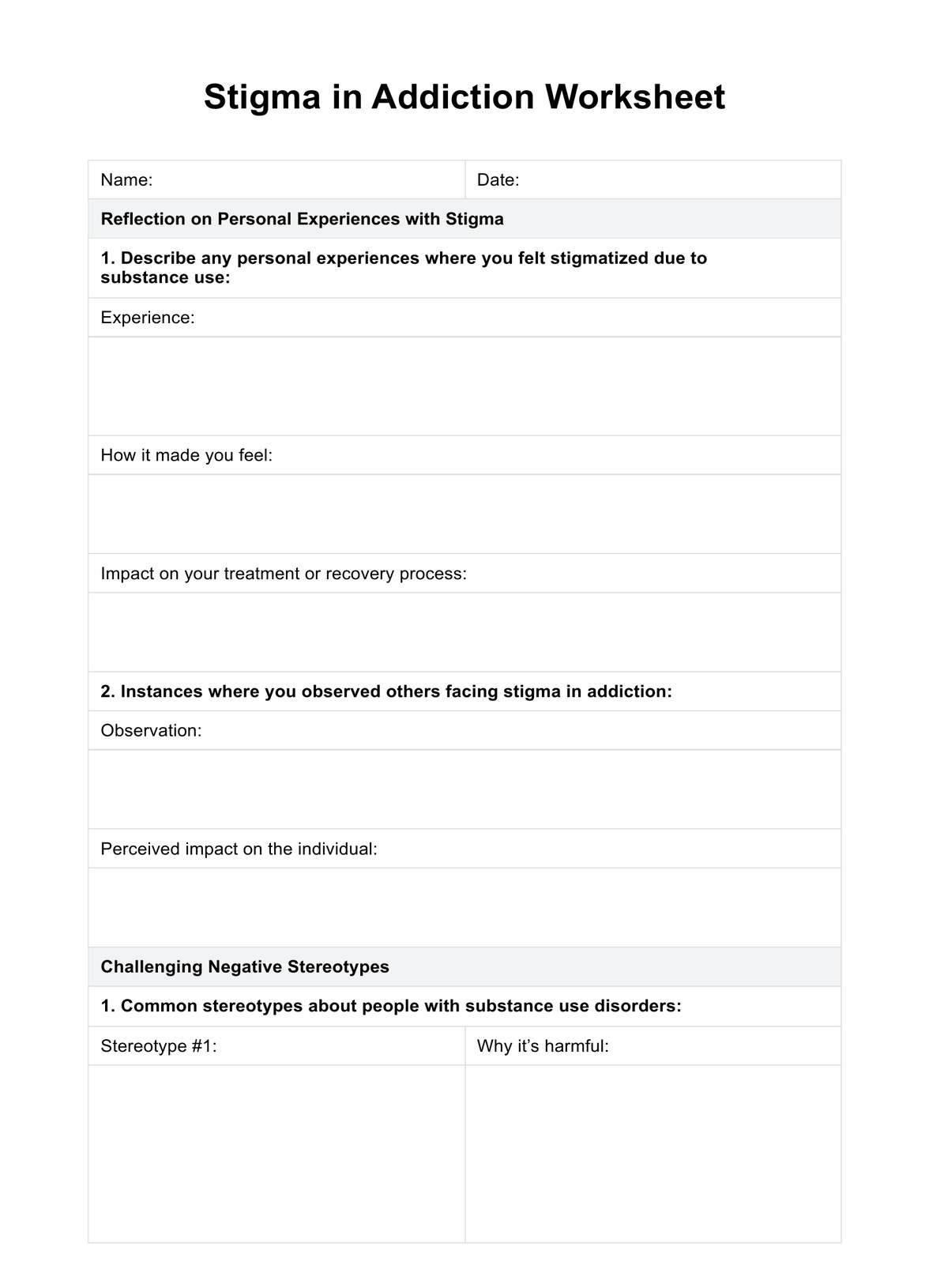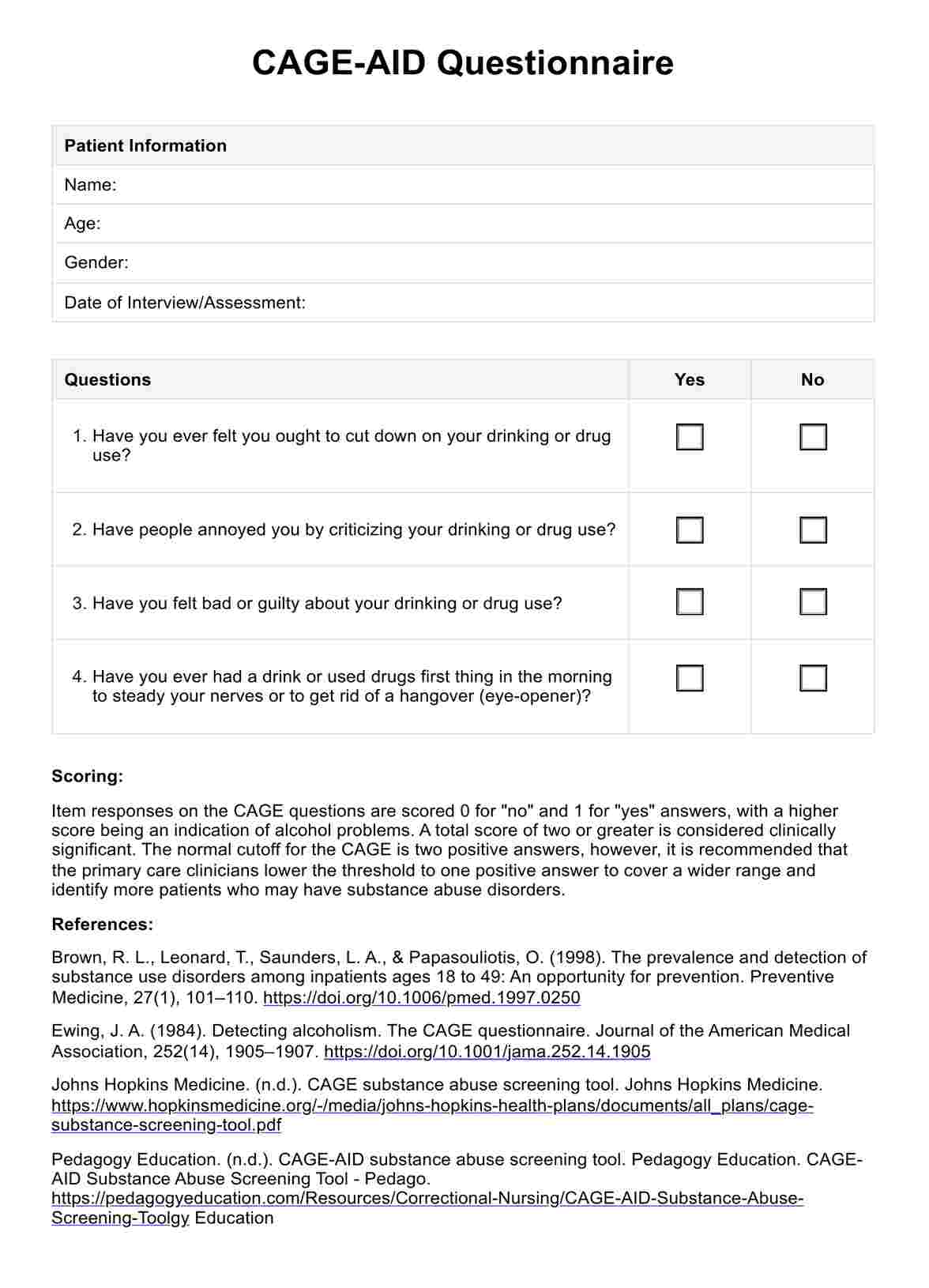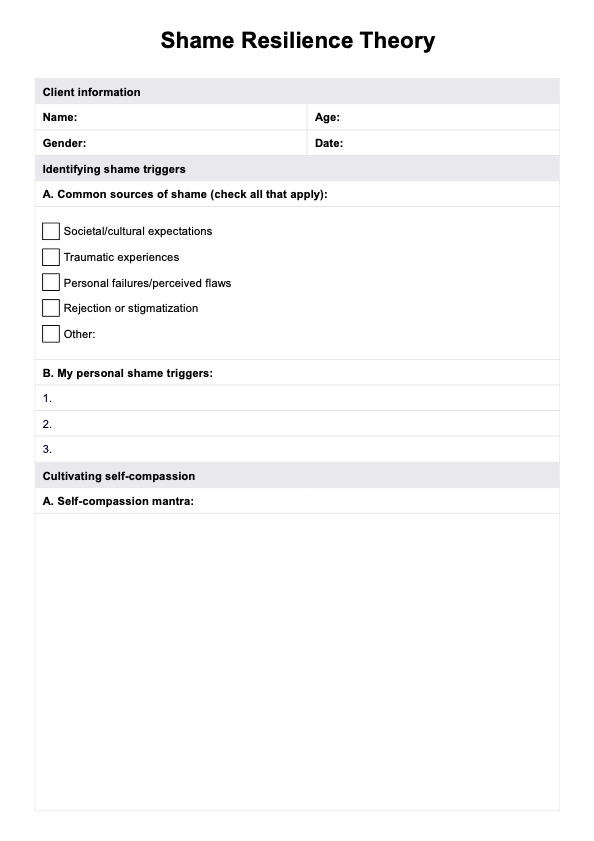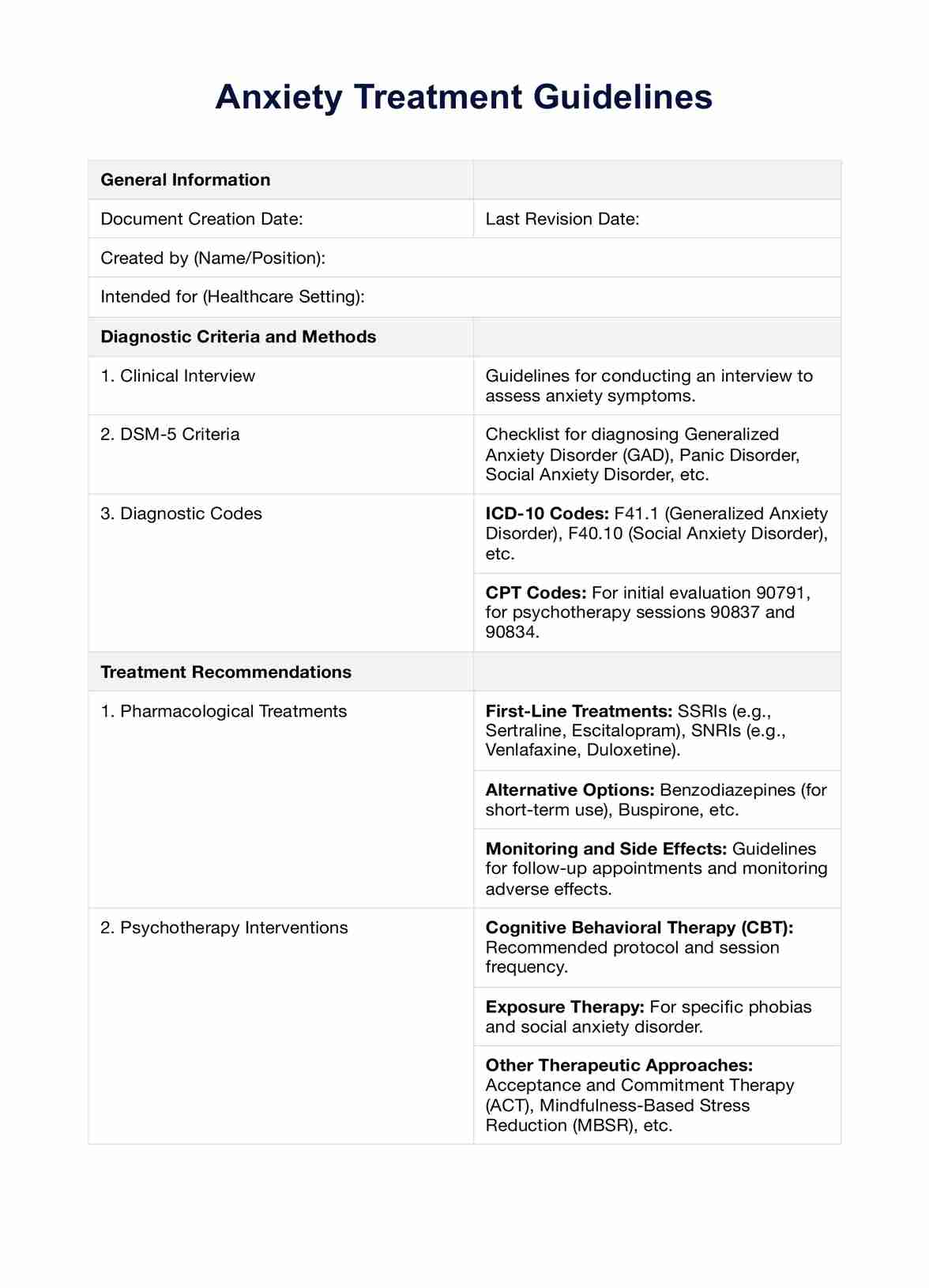Implicit Association Tests
Explore your unconscious biases with Implicit Association Tests (IAT) using Carepatron's secure and user-friendly platform, available anytime, anywhere.


What is an Implicit Association Test (IAT)?
The Implicit Association Test (IAT) is a cognitive measure designed to assess implicit biases that individuals may not even be aware they hold. Developed by social psychologists at Harvard University, the IAT suggests that our minds associate certain concepts and attributes more easily than others, which can unconsciously influence our judgments and behaviors.
The test involves categorizing various images and words that appear on a computer screen into associated categories, such as "pleasant" or "unpleasant" and "black" or "white." The IAT determines the strength of your automatic associations by measuring response times. For example, if you are quicker to associate 'pleasant' words with 'white' faces than 'black' faces, you might have an implicit bias favoring white people.
The IAT has been used in numerous psychological and sociological studies to uncover biases related to race, gender, sexual orientation, age, and other social categories. Importantly, it reveals biases that people may consciously reject or are unaware of, thus providing an enlightening tool for understanding unconscious attitudes and beliefs.
Implicit Association Tests Template
Implicit Association Tests Example
How does it work?
The Implicit Association Test (IAT)can be broken down into four critical steps:
Step 1: Initial Categorization
The IAT begins with basic sorting tasks. Test takers are presented with words or images they must rapidly sort into associated categories. For instance, words might be classified as 'Pleasant' or 'Unpleasant,' while images might be sorted based on predefined social groups. This step helps familiarize the participant with the process and sets the stage for the more complex tasks.
Step 2: Combined Sorting Tasks
In the next phase, the test requires you to perform combined sorting tasks. The categories are paired in a particular way, such as 'Black or Pleasant' and 'White or Unpleasant.' This combined categorization process forms the core of the IAT, examining your instinctive associations between these groups.
Step 3: Task Reversal
Subsequently, the category pairings are reversed, switching to 'White or Pleasant' and 'Black or Unpleasant.' This reversal process tests the robustness of your automatic associations. If you're slower in this reversed task compared to the previous one, it suggests that the initial pairing aligns more with your implicit bias.
Step 4: Measuring Response Speed
Finally, the IAT measures the speed at which you perform these sorting tasks. Rapid responses indicate stronger automatic associations, while slower responses suggest less automatic, possibly more conscious, thought processes.
To fully understand this process and get a hands-on experience, you can download and use our Printable Implicit Association Tests. This resource gives you a practical feel for the test structure and process, helping prepare you for a real IAT assessment.
When would you use this Template?
The Implicit Association Test (IAT) is a valuable instrument employed across diverse fields and contexts due to its ability to uncover hidden biases. Its utilization spans various practitioners, including psychologists, researchers, educators, and human resources professionals. Here are some typical scenarios where the IAT is applied:
- Psychological and Sociological Research: The IAT is a cornerstone tool in psychological and sociological studies to scrutinize unconscious biases. Researchers employ this instrument to understand how biases influence human behavior, attitudes, and decision-making processes. It aids in delving into complex social issues such as stereotyping and discrimination.
- Diversity and Inclusion Training: As organizations recognize the importance of fostering an inclusive environment, the IAT is increasingly integrated into diversity and inclusion training programs. It facilitates individuals' acknowledgment and understanding of their unconscious biases, fostering empathy and broadening perspectives.
- Therapy and Counseling: The IAT can serve as an insightful instrument in therapy and counseling. Therapists might use the IAT to help clients uncover their implicit biases and how they may impact their behavior or interpersonal relationships. It promotes self-awareness and cognitive restructuring.
- Human Resources and Hiring Practices: To establish bias-free hiring practices, some organizations implement the IAT. Organizations can work to ensure a fair and balanced recruitment process by identifying potential unconscious biases in interviewers or hiring panels.
The IAT is critical to any initiative seeking to comprehend, measure, and mitigate implicit bias. Its relevance across various contexts underscores its versatility and efficacy as a tool for improving social understanding and personal growth.
Benefits
Greater Self-Awareness
The IAT can help individuals uncover implicit biases they may not have been aware of, promoting self-awareness and personal growth.
Supports Diversity and Inclusion
By identifying areas of unconscious bias, the IAT can inform diversity and inclusion initiatives in various settings, from corporations to educational institutions.
Informs Psychological Research
The IAT provides a valuable tool for psychologists and researchers studying human cognition and decision-making.
Contributes to Fairer Hiring Practices
Organizations can use the IAT to ensure their hiring and promotion practices are as free from bias as possible.
For an inclusive and easy way to take the IAT, try out our Free Implicit Association Test.
Research and Evidence
In psychology, the Implicit Association Test (IAT) debuted in 1998, a brainchild of eminent psychologists Anthony Greenwald, Debbie McGhee, and Jordan Schwartz. The test was a pioneering endeavor, innovatively designed to quantify and uncover implicit biases—those unconscious attitudes and stereotypes that subtly influence our perceptions and behaviors.
Over the decades, the IAT has been a focal point in countless studies across various disciplines, from social psychology to organizational behavior. Numerous research findings validating its effectiveness in measuring unconscious bias have bolstered its widespread application.
One noteworthy meta-analysis of IAT studies conducted in 2009 revealed a moderate to strong effect of implicit bias on behavior. This provides robust evidence for the IAT's ability to predict real-world behavior and decisions. More recent research has continued to support these findings, further reinforcing the IAT's credibility.
However, it's essential to recognize the ongoing academic discourse surrounding the IAT. Some scholars critique its reliability and validity, questioning whether it accurately measures enduring biases or temporary associations. Others argue about its predictive value for individual behavior, given the influence of situational factors.
Despite these debates, the IAT holds undeniable significance in our understanding of the unconscious mind. Its capacity to reveal hidden biases offers a potent instrument for research and practical application, particularly in clinical psychology, human resources, and diversity training.
While it is not without critique, the weight of evidence and its widespread use underscore the IAT's value in shedding light on the often unnoticed influence of our unconscious mind on our behavior and decisions.
Commonly asked questions
Human resources specialists, psychologists, researchers, and educators use the IAT.
The IAT is typically used when there's a need to uncover and understand unconscious biases for personal awareness or research purposes.
The IAT measures the speed at which individuals associate certain attributes with particular social categories, revealing their implicit biases.
The IAT measures the strength of an individual's automatic associations between mental representations in memory. It can reveal implicit biases towards race, gender, age, and other social categories.

.jpg)
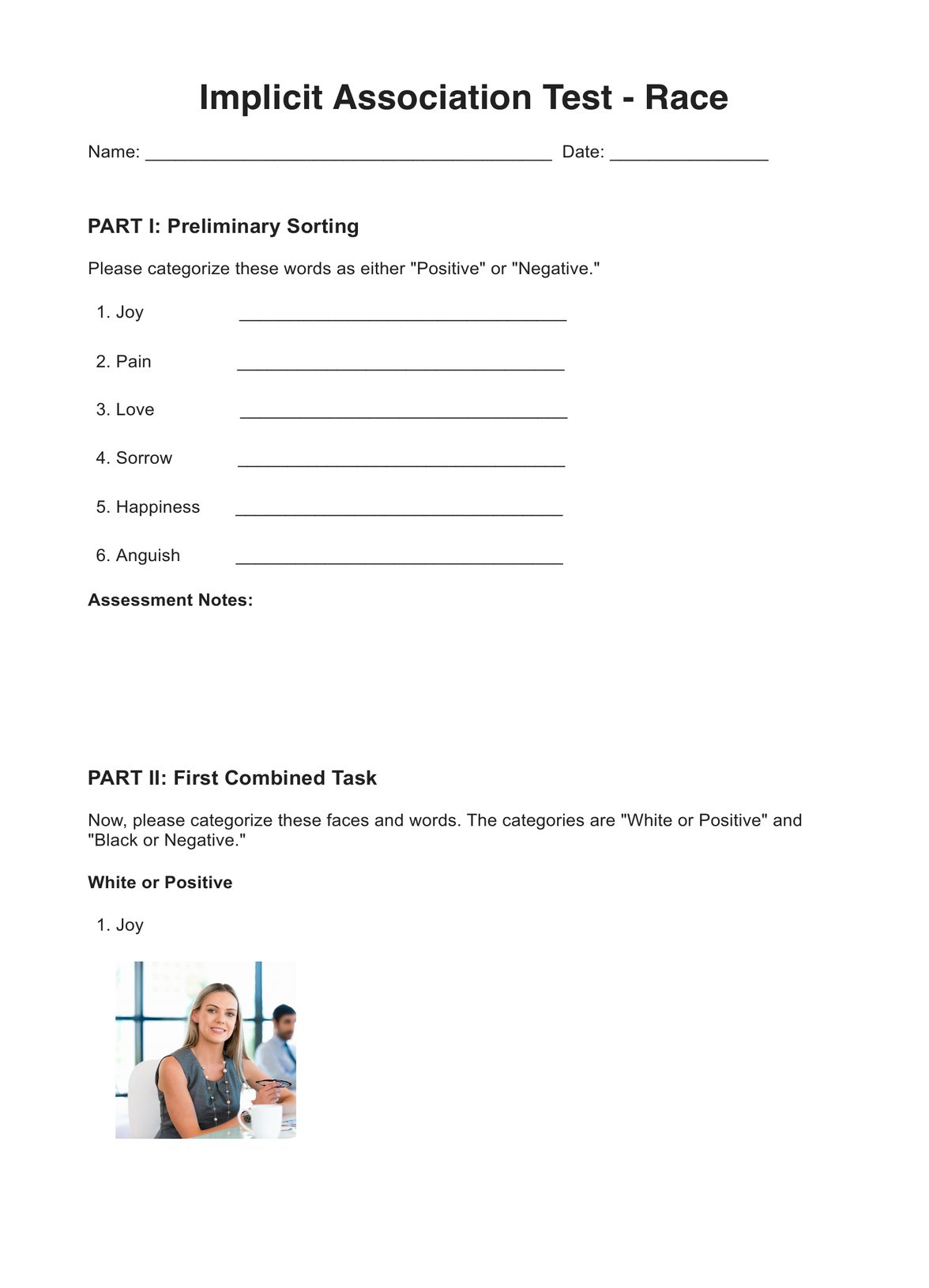
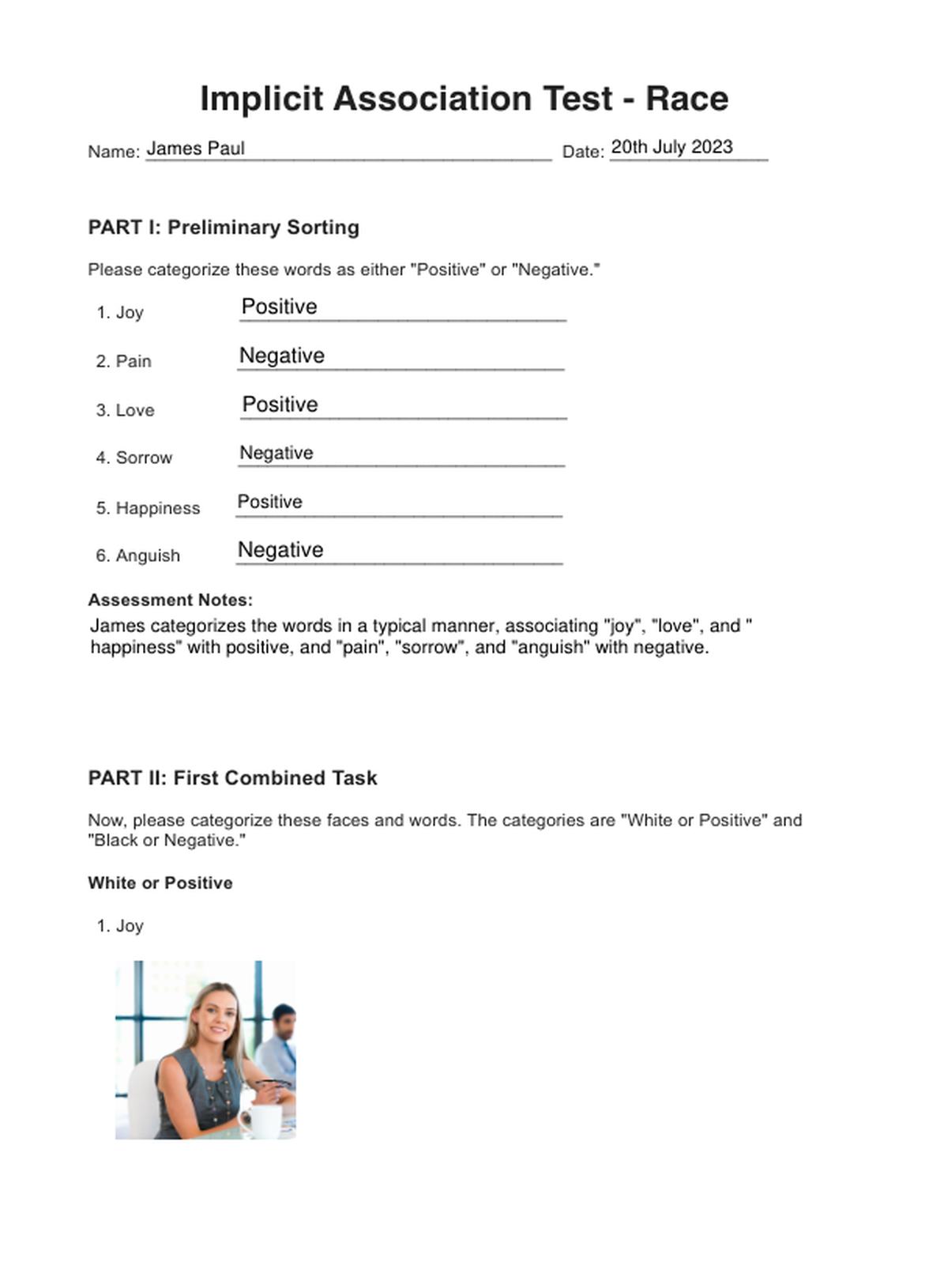













-template.jpg)





















































































